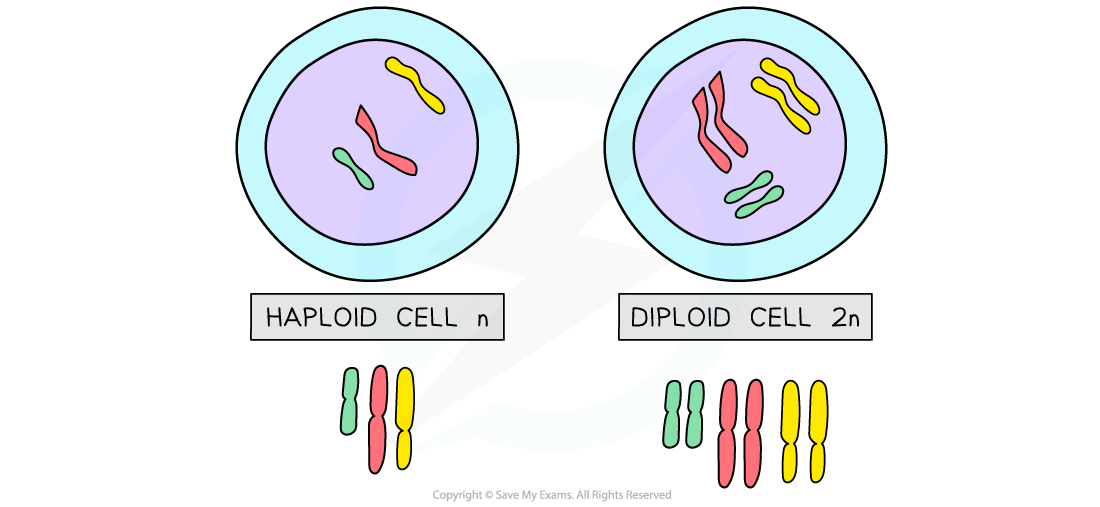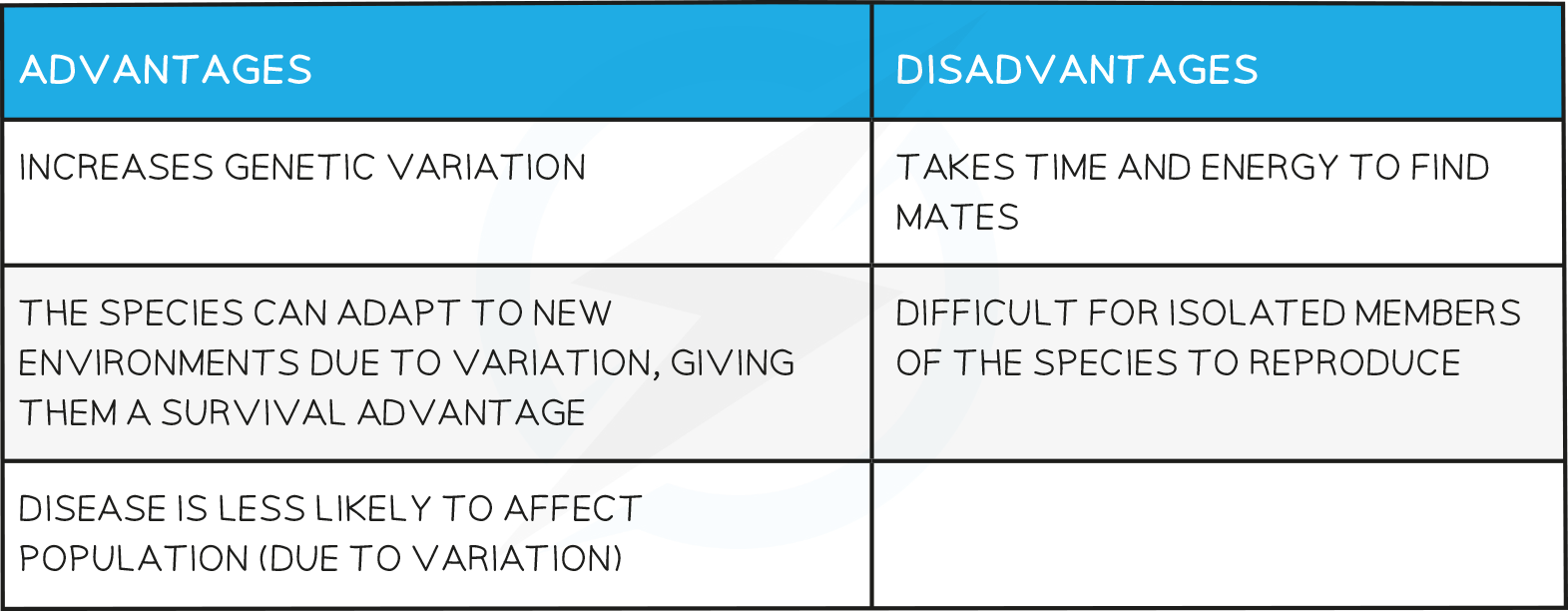- 翰林提供学术活动、国际课程、科研项目一站式留学背景提升服务!
- 400 888 0080
CIE IGCSE Biology: 复习笔记:16.1.2 Sexual Reproduction
CIE IGCSE Biology: 复习笔记:16.1.2 Sexual Reproduction
Gametes & Zygotes
Sexual Reproduction
- Sexual reproduction is a process involving the fusion of the nuclei of two gametes (sex cells) to form a zygote (fertilised egg cell) and the production of offspring that are genetically different from each other
- Fertilisation is defined as the fusion of gamete nuclei, and as each gamete comes from a different parent, there is variation in the offspring
Gametes
- A gamete is a sex cell (in animals: sperm and ovum; in plants pollen nucleus and ovum)
- Gametes differ from normal cells as they contain half the number of chromosomes found in other body cells - we say they have a haploid nucleus
- This is because they only contain one copy of each chromosome, rather than the two copies found in other body cells
- In human beings, a normal body cell contains 46 chromosomes but each gamete contains 23 chromosomes
- When the male and female gametes fuse, they become a zygote (fertilised egg cell)
- This contains the full 46 chromosomes, half of which came from the father and half from the mother - we say the zygote has a diploid nucleus
Haploid & Diploid Cells: Extended
- The nuclei of gametes are haploid
- They contain half the number of chromosomes of a normal body cell
- In humans, this is 23 chromosomes
- The nucleus of a zygote is diploid
- It contains the same number of chromosomes as a normal body cell
- In humans, this is 23 pairs of chromosomes
- The zygote continues to stay diploid as it grows into a fetus and embryo during pregnancy

Advantages & Disadvantages of Sexual Reproduction: Extended

- Most crop plants reproduce sexually and this is an advantage as it means variation is increased and a genetic variant may be produced which is better able to cope with weather changes, or produces significantly higher yield
- The disadvantage is that the variation may lead to offspring that are less successful than the parent plant at growing well or producing a good harvest
转载自savemyexams

早鸟钜惠!翰林2025暑期班课上线

最新发布
© 2025. All Rights Reserved. 沪ICP备2023009024号-1








